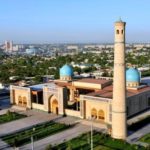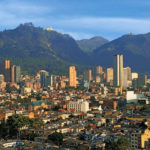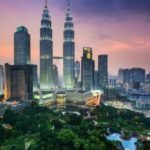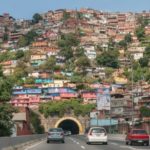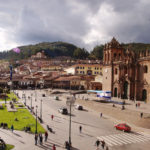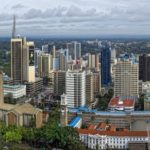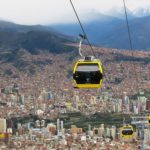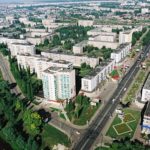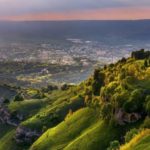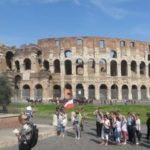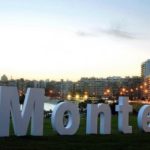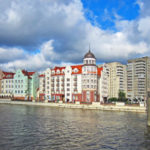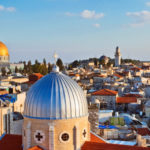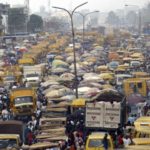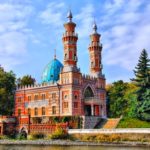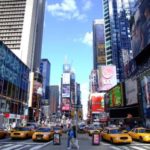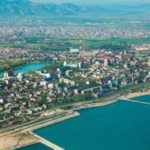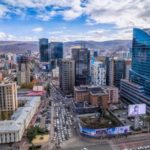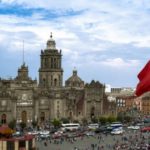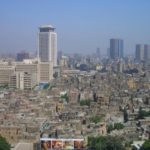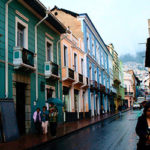Interesting facts about Hanoi
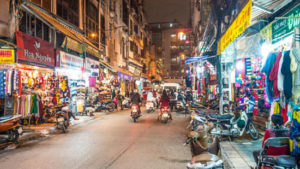 The bustling and noisy capital of Vietnam, the city of Hanoi, can shock an unprepared tourist. No, it’s really very interesting and quite safe here, but the insane rhythm of life of a big city, mixed with a bright local flavor, gave rise to an explosive mixture. This city leaves few people indifferent – usually either they fall in love with it, or they never want to see it again.
The bustling and noisy capital of Vietnam, the city of Hanoi, can shock an unprepared tourist. No, it’s really very interesting and quite safe here, but the insane rhythm of life of a big city, mixed with a bright local flavor, gave rise to an explosive mixture. This city leaves few people indifferent – usually either they fall in love with it, or they never want to see it again.
In local hotels there are often no windows facing the street because of the loud noise that reigns there almost all day and night. All due to the fact that all the drivers in Hanoi constantly honking. And there are a lot of drivers here, each family has a small motorbike, and often not even one.
There are almost no sidewalks in Hanoi. Where there is, they are always cluttered with parked motorbikes, trays of traders and chairs from nearby cafes. Very reminiscent of Bangkok.
On foot here, as elsewhere in Southeast Asia, no one goes.
In Hanoi, it is quite safe, although, of course, it is not worth walking at night along winding unlit lanes.
In local stores is not easy to find regular milk without adding sugar to it.
Prices for foreigners are almost everywhere and always higher than for local ones. Knowledge of the Vietnamese language reduces this problem almost to nothing.
There are incredibly many motorbikes on the streets of Hanoi, but relatively few cars. This is due to the fact that duties on cars imported into Vietnam are very high. Prices, respectively, too.
For an inexperienced tourist, crossing the street will be a real challenge. A continuous stream of motorbikes never runs out, and no one even thinks to slow down before a pedestrian crossing. There is only one way out – to raise your hand so that you can be seen, and to bravely step into the traffic flow. You have to go slowly and at a predictable speed, and all drivers will drive you around.
Carrying bags or cameras on one shoulder in the tourist places of Hanoi is not worth it – thieves on motorbikes sometimes tear them down, just like in Italy or Spain.
More than 400 temples and pagodas are located on the territory of Hanoi.
The old name of the city is Thanglong, which translates from Vietnamese as “Flying Dragon”.
In winter, Hanoi is significantly more damp and sometimes even cooler than in Ho Chi Minh City, which carries the unofficial title of the “southern capital”.
In the center of the city is a monument to V. I. Lenin established in 1982. He was put in the era of the friendship of Vietnam and the USSR.
A snack in a street cafe outside the tourist area can be a hundred rubles. Local eateries look unassuming, and their owners probably never heard of sanitary standards, but they often cook there more tasty than in tourist establishments. The logic is simple – in such cheap cafes they mostly eat locals, and they go there all the time. If you do not eat well, customers will scatter. And for tourists to try and it makes no sense, anyway, they will soon leave.
Near the road connecting Hanoi with the airport, there is a 4-kilometer wall lined with mosaics. This is the world’s largest work of art of its kind. He was created together by artists from various countries.
